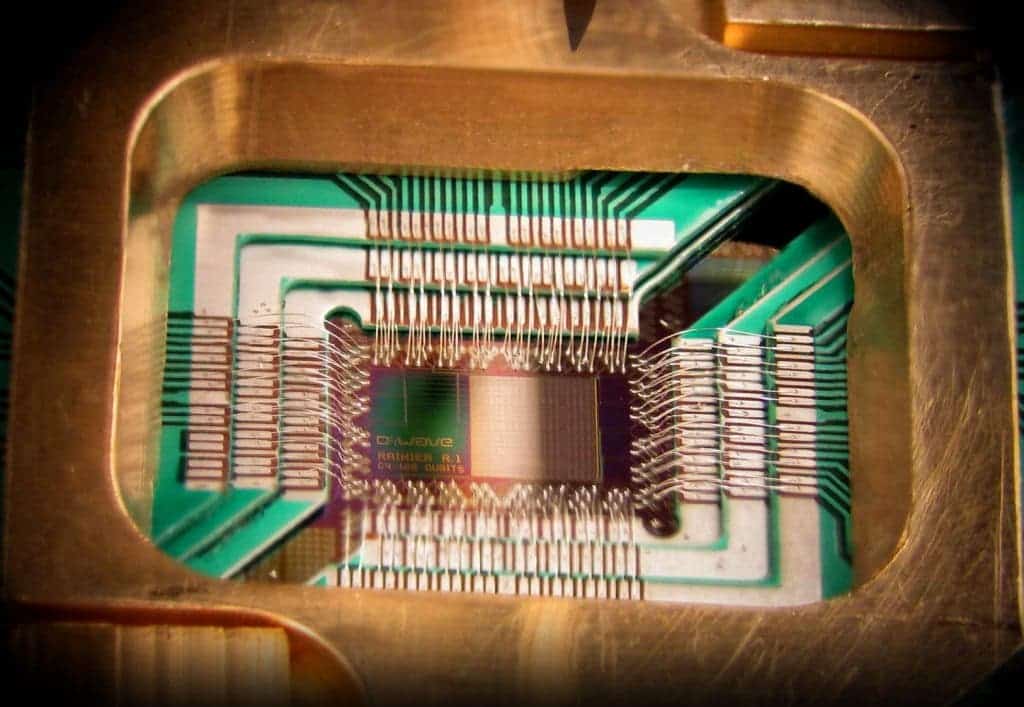IBM claims to be one step closer to developing functional, scalable quantum computers. According to the company, they managed to overcome two key hurdles, demonstrating for the first time a new, square quantum bit circuit design – the only physical architecture that could successfully scale to larger dimensions.

Quantum computing has been hailed by many as the future of computing, and for good reason. While traditional computing (like the one you are using right now to read this) works on bits, basic units on information that can have 2 different values (0 or 1), quantum computing works on qubits (quantum bits). A qubit is a two-state quantum-mechanical system, and can be in a superposition of both states at the same time, a property which is fundamental to quantum computing. To overly simplify it, qubits can simply contain more information than bits. Naturally, that would allow for better and faster processing, upgrading computing to unprecedented heights. Just so you can get an idea of how powerful they could be, a computer with just 50 qubits would pretty much outperform any supercomputer that exists today.
“Quantum computing could be potentially transformative, enabling us to solve problems that are impossible or impractical to solve today,” said Arvind Krishna, senior vice president and director of IBM Research. While quantum computers have traditionally been explored for cryptography, one area we find very compelling is the potential for practical quantum systems to solve problems in physics and quantum chemistry that are unsolvable today. This could have enormous potential in materials or drug design, opening up a new realm of applications.”
But as you can probably guess, actually creating a quantum computer can be really difficult – as all things tend to be when dealing with the quantum world – but several companies and universities are investing massive resources and time into this project. The two breakthroughs IBM announced are:
- the ability to detect and measure both kinds of quantum errors simultaneously, and
- the demonstration of a square qubit circuit design.
Quantum errors are generated either by heat, radiation or defects – all of which you’d expect to have within a processor, so the ability of detecting and measuring them is crucial. Until now, researchers could only search for bit-flip or phase-flip errors at a time, not both simultaneously.
The second claim is perhaps even more intriguing – IBM’s novel and complex quantum bit circuit, based on a square lattice of four superconducting qubits on a chip less than 2 square cm (about a square inch), which would ultimately allow scalable quantum processors. It’s actually this square array (as opposed to a linear one) that allowed them to search and detect errors. The fact that it’s also scalable almost seems to good to believe.
IBM is not the only tech giant in the race for developing a quantum computer – IBM, Google and Microsoft have all jumped in, as have some of the world’s leading Universities. It remains to be seen where the fire will ultimately burn, but we can already see the sparks. Here are some of the other articles we’ve written about advancements in the field:
- Rice grain-sized laser helps build the first quantum computer
- The quest for the quality qubit
- Milestone algorithm runs for the first time on a quantum computer
- Big leap for quantum computing
- Google set to build its own quantum computing hardware
- UC Santa Barbara and Google Scientists create self-correctable quantum device
- Quantum computers one step closer to reality
- Quantum computers will be able to simulate particle collisions
A paper on the research will appear in the April 29 issue of Nature Communications.






